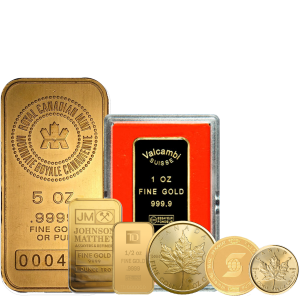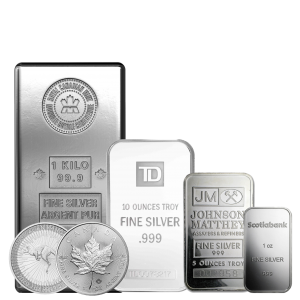

Two and Three Cents Articles

Three Cent Silver (1851 - 1873)
Three Cent Silver coin, which was produced from 1851 to 1873, is one of the most interesting parts of the history of U.S. coins.
Read More
Three Cent Nickel (1865 - 1889)
A three-cent coin known as a Nickel was made in 1865. These were made at the same time as the silver versions until 1873 when the silver version was no longer being made. The nickel versions were produced until 1889. Because the mint only created some issues of the series over 25 years, these issues may be regarded as rare and collectible. Coins that are rare and have a certain date may be worth more than three times the value of coins that are common and have a specific date. The Coinage Act of 1865 allowed for the creation of the Three Cent Nickel, which was made up of 75% copper and 25% nickel.
Read MoreImage Courtesy of Professional Coin Grading Service (PCGS.com)
The Introduction of Two and Three Cent Coins
The Two-Cent and Three-Cent coins were introduced during the mid-19th century, addressing specific needs in the evolving U.S. economy. The Two-Cent coin made its debut in 1864, becoming the first coin to feature the motto "In God We Trust." Its introduction helped to alleviate the coin shortage caused by the Civil War. Meanwhile, the Three-Cent coin, first struck in silver in 1851 and later in nickel, was created to facilitate easier transactions in an era when postage rates and small purchases made fractional coinage essential.
Distinct Designs and Minting Details
Both denominations went through unique design phases that make them appealing to collectors today. The Two-Cent coin features a simple yet bold shield design on the obverse, symbolizing strength and unity during a turbulent period in American history. The Three-Cent coin came in two varieties: the silver "trime" and the nickel version, both showcasing a star motif on the obverse and a Roman numeral III on the reverse. Production of the Two-Cent coin ceased in 1873, while the Three-Cent nickel coin continued until 1889, marking the end of these unusual denominations.
Collectors' Appeal and Historical Value
Today, Two-Cent and Three-Cent coins are prized for their historical importance and relative scarcity. They offer a fascinating glimpse into a period of innovation and adaptation in U.S. coinage, as the nation responded to economic challenges and changing consumer needs. Collectors value these coins not only for their distinctive designs but also for the unique stories they tell about America's monetary history.








